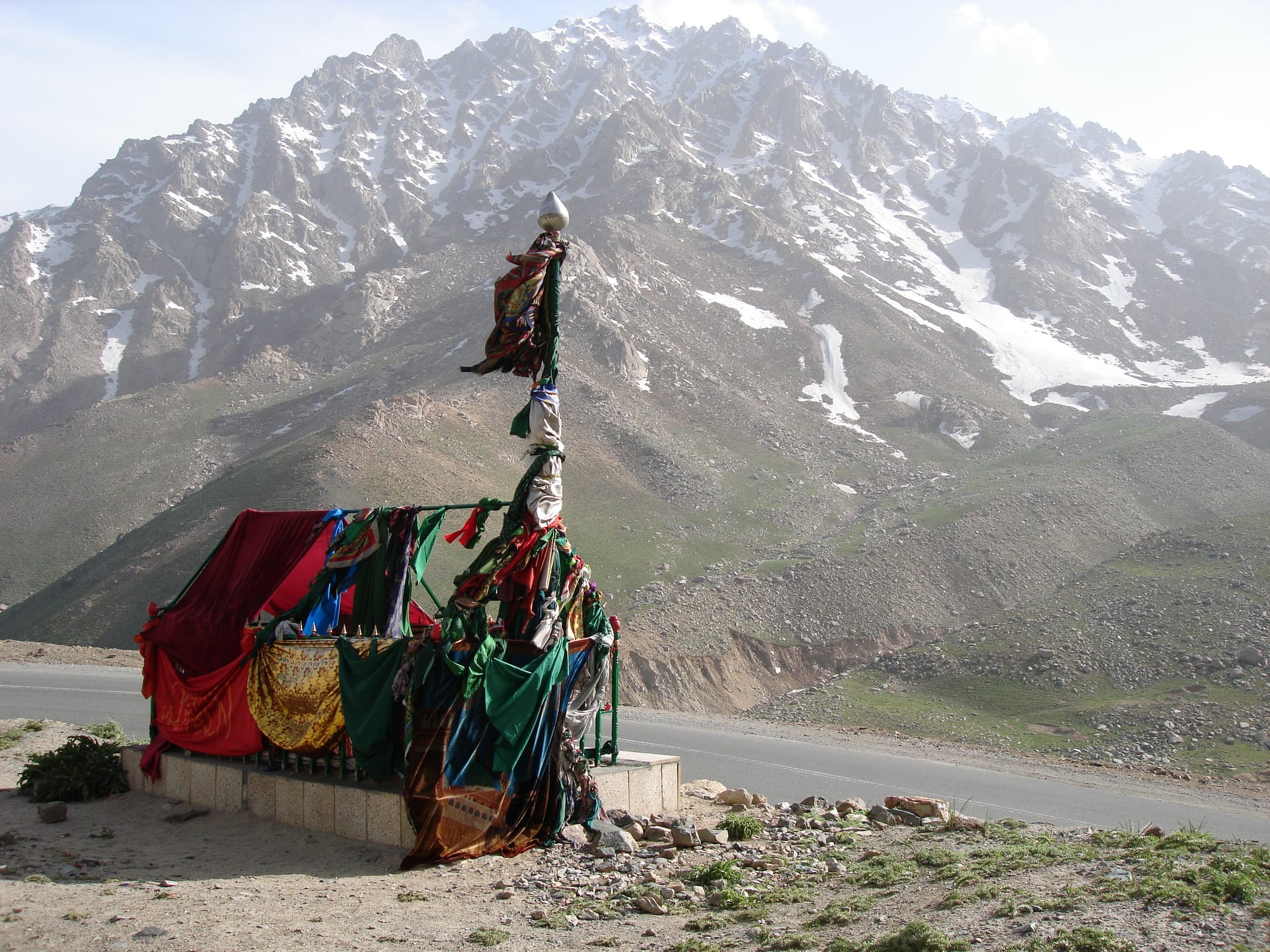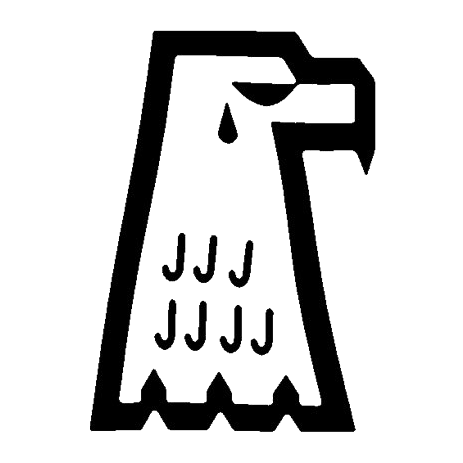Memorial Day Reading: Abdul Raziq, Revisited—and Revealed
If people you cared about died in Afghanistan, you'll get righteously angry reading about the monsters that they were sacrificed to prop up. Good weekend for it

Edited by Sam Thielman
THIS ONE IS A BUMMER, particularly before a holiday weekend. But this week the New York Times released a masterful investigation into Abdul Raziq, the warlord of Kandahar. I don't mind telling you that it triggered me. I've been walking around my house like a crazy person. Take what follows in that spirit.
Since at least 2009, when reporter Mattieu Aikins profiled "The Master of Spin Boldak" for Harper's, everyone who paid attention to the Afghanistan war knew that Abdul Raziq was a man of stunning violence. They also knew he was America's man of stunning violence—the man who held Kandahar for the U.S.-backed government in Kabul; the man who, when he was assassinated in 2018, died next to the U.S. commander in Afghanistan, General Austin "Scott" Miller. We knew enough. But we did not know the half of it.
Aikins, to whom the public owes a debt of real gratitude, dug through the ashes of the fallen regime's records and, along with Azam Ahmed, unearthed a record of sadism that, Ahmed and Aikins write, illustrates why the U.S. war was doomed. Through government ledgers and corroborated by police reports, interviews, and other material, they document "368 cases of forced disappearances and dozens of extrajudicial killings attributed to American-backed forces in Kandahar." That's surely an undercount, since they could only double-source accounts of those 368 people. In Kandahar’s nearby deserts, residents are turning up mass graves, something Raziq's men called sand picnics. "The true toll was most likely in the thousands," Aikins writes in an unmissable companion piece that permits him both to get personal and to reflect more broadly about what Abdul Raziq means for how we should understand the Afghanistan War.
"What they brought under the name of democracy was a system in the hands of a few mafia groups," Qari Mohammad Mubarak, who "ran a girls’ school in Kandahar and initially supported the U.S.-backed government," told Ahmed and Aikins. "The people came to hate democracy."
The Taliban killed people. But only those backed by the U.S. made them vanish. Ahmed and Aikins point out that their victims were usually working-class: "mechanics, tailors and taxi drivers who had nothing to do with the war." (Dilawar could tell you how dangerous it was to drive a taxi in U.S.-occupied Afghanistan, had the U.S. not killed him.) Sometimes Raziq's men would kidnap and torture people for ransom, including one 23-year old man beaten in a shipping container. "In all of the cases of forced disappearances," Ahmed and Aikins write, the person is still missing." When relatives of the disappeared would inquire at Kandahar police stations, Raziq's police would respond with violence. There's a heartbreaking scene in the Times piece of people streaming into Kandahar and Spin Boldak prisons after the Taliban victory in search of those Raziq and his successors took from them.
Abdul Raziq has a Batman-esque origin story. His father was snatched away from him in what was understood to be a murder from a rival tribe, the Noorzai, and so it seems from there Abdul Raziq decided to inflict the same fate on his many enemies. Raziq's Gotham was Spin Boldak, near Kandahar city, and there he earned a reputation for cruelty while advancing the interests of his own tribe, the Achakzai. He became Kandahar police chief in 2011, a position that gave him carte blanche from the U.S. war effort.
President Obama's troop surge was underway, and there could be no way that the Taliban could recapture their home city of Kandahar. Raziq "was probably the most important person in the entire surge," Robert Waltemeyer, a Special Forces colonel who worked with Raziq told Ahmed and Aikins. Added Sultan Mohammed, a key deputy to Raziq, "The Special Forces helped us a lot." Waltemeyer put it differently: "We created Raziq."
There is a lot of evasion by the Americans quoted in these pieces. But they cannot for a second deny that they knew enough of what Abdul Raziq was about. Retired Marine General John Allen, one of a succession of commanders over the war’s 20-year course, wouldn't be photographed beside Raziq. But the Allens of the war gave the Abdul Raziqs of the war the job of what the Allens of the war called "protecting the population," the supposed imperative of counterinsurgency. Allen and his ilk knew what they wanted to know as Raziq implemented that imperative through sand picnics. The Americans had the gall to call the abuses of their proxies "Afghan good-enough," as if they were not the ones who guaranteed the abuses would occur.
I'm just going to let Ahmed and Aikins drive, because nothing I write could capture this:
For the perpetrators, disappearances carry a cruel logic. Though they can be crimes against humanity, there is little evidence without a body, especially when someone is snatched without witnesses or by officers in civilian clothes and cars.
Yet the disappearances inflicted unique wounds for many Afghans. Often, wives were told they could not remarry until their husbands were proved dead. Some with young children were left unable to support themselves.
"What General Raziq did in terms of killing and disappearing was worse than everything else that happened in the rest of Afghanistan," said Sayed Abdul Karim, the father of one of the young men on Fazul’s list. "I wish that we could bury his bones somewhere. If we had a grave, we could go there and pray."
The cruelty bred other cruelties, like the cottage industry of hustlers that emerged to take advantage of parents’ desperation. Fazul and his mother fell victim to a scam, traveling to Kabul to pay an intelligence official several thousand dollars for Ahmad’s return, a trip that nearly ended with Fazul himself getting kidnapped. Others paid more.
Raziq, in other words, killed down to the soul. It was how he held Kandahar for the U.S.-backed coalition. Like Qari Mohammad Mubarak said, when the U.S. said democracy, what the people heard was impunity for those who could at any time kidnap and murder them and everyone they loved.
So imagine how heroic the Taliban looked to Kandahar's terrified people when, in 2018, they managed to kill Raziq—all while Raziq was beside the commanding U.S. general. "He was more important to us than Scott Miller,” a Taliban commander "who oversaw assassinations in Kandahar during those years" named Maulavi Ebrar Ahmad Habib told Ahmed and Aikins.
And if this paragraph doesn't contextualize the U.S. outrage over the International Criminal Court pursuing indictments for the Israelis, I don't know what could:
After years of pressure from the United States, prosecutors at the International Criminal Court have said they are de-prioritizing investigations into abuses committed by American-backed forces. The United Nations has focused on abuses carried out by the new Taliban government, accusing it of its own campaign of extrajudicial killings and torture.
As I wrote on Monday, U.S. pressure on the ICC worked. And now it's happening again, not under Trump, but under Biden.
AS AIKINS FRAMES VERY WELL, Raziq was famous. He had a cult of personality, which ensured a base of political as well as economic support, among the faction within Kandahar that opposed the Taliban. "The truth was that many Afghans saw Raziq’s brutality as a positive quality," Aikins writes. That is a reminder, one Americans really ought to consider, of what it truly means to be in a civil war. The piece contains a quick mention of how the restored Taliban now tread lightly around a half-constructed, republic-era monument to Raziq, out of a disinclination to inflame this faction.
Aikins takes his time to assess Raziq's state-backed terror within the context of a counterinsurgency (COIN) strategy that portrayed itself as a humane corrective to the inherent brutality of occupation. He uses the work of academic Stathis Kalyvas to explain its tendency to aim its coercion on the supposedly-decisive "human terrain"—the people—whom COINdinistas convince themselves they're there to save. Aikins uses some powerful turns of phrase here:
Kalyvas’s work is part of a larger body of scholarship on civil war and counterinsurgency that demonstrates how central the use of coercive violence against civilians has been in such conflicts, whether waged by dictatorships like Syria or democracies like France. "'The bad guys win' is not the answer that U.S. forces, policymakers or civilians want to hear about counterinsurgency success, but the historical record is clear," writes the scholar Jacqueline L. Hazelton. In this light, COIN doctrine can be seen as a form of American exceptionalism: the idea that the United States could fight a civil war differently from anyone else — humanely. …
Today we live in an age of irregular warfare, of asymmetric clashes with militant groups and battles to control populations. A vast majority of conflicts over the past century have been within states, not between them. The comforting myth that brutality is always counterproductive — that war can therefore be humane — obscures how violence functions in such conflicts; it hides how and to whom men like Raziq are useful. In retrospect, this myth, sold to the public as COIN, is part of a larger pattern of dishonesty that runs through America’s longest war, 20 years of wishful thinking and willful ignorance that culminated in tragedy on Aug. 15, 2021, when Raziq’s mortal enemies entered Kabul in triumph.
In REIGN OF TERROR is an account I personally witnessed a few years before Raziq's rise and about 275 miles northeast of his fiefdom. It's a story of heroism by a U.S. Army cavalry sergeant known as Sergeant Rob. Basically, at risk to his mission, the sergeant stopped his partners, the Afghan police, from robbing destitute old women after raiding their house. It was the only time in Afghanistan or Iraq that I ever witnessed battlefield heroism. And I was the only reporter there. If I didn't tell his story, the world would never know it had happened. Sergeant Rob was killed during a subsequent tour of Afghanistan, and ever since, I think about him on Memorial Day.
Not to Walter Sobchak all over you, but the war that disappeared Sayed Abdul Karim's precious son was not worth the life of Sergeant Rob, nor anyone else's. It's OK to never stop being mad about this. I was about to write never let it happen again, but that's unfair, since it's not the people who decide the wars. Maybe better to put it like: Never let the architects of the next war escape the legacy of this war. And all the other wars.
Happy Memorial Day. Spare a moment while grilling. Not a moment of empty patriotism, but of antiwar rededication.
I'M GOING TO TAKE A WEEK OFF. This has been a lot. After racing to finish some out-of-house projects, I want to break the back of a chapter of TT&DMK next week, so we're not going to publish a FOREVER WARS edition. Read "America's Monster" and "Who Was Abdul Raziq?" during this brief hiatus. The history of what the Afghans call The American War owes a debt to the steadfast, vigilant work of Matthieu Aikins and Azam Ahmed.
WALLER VS. WILDSTORM, the superhero spy thriller I co-wrote with my friend Evan Narcisse and which the masterful Jesús Merino illustrated, is available for purchase in a hardcover edition! If you don't have single issues of WVW and you want a four-issue set signed by me, they're going fast at Bulletproof Comics!
No one is prouder of WVW than her older sibling, REIGN OF TERROR: HOW THE 9/11 ERA DESTABILIZED AMERICA AND PRODUCED TRUMP, which is available now in hardcover, softcover, audiobook and Kindle edition. And on the way is a new addition to the family: THE TORTURE AND DELIVERANCE OF MAJID KHAN.

